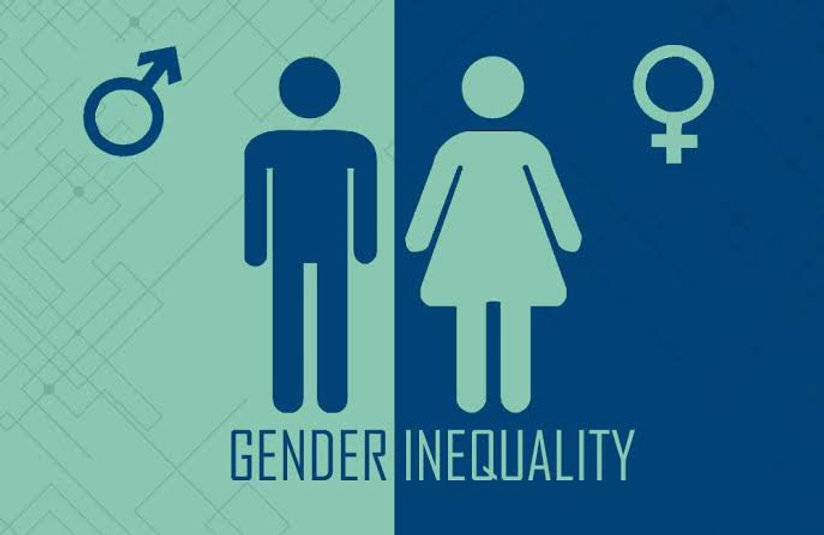Gender inequality has long been a prominent issue that affects individuals, communities, and societies on a global scale. Despite significant progress in various fields, disparities between genders continue to persist, casting shadows on the path to a more just and equal world. In this blog, we delve into the concept of gender inequality, its impact, and the crucial steps needed to break down barriers and build bridges towards a more equitable society.
Understanding Gender Inequality:
Gender inequality refers to the unequal treatment, opportunities, and expectations that individuals face based on their gender. It affects people of all ages, backgrounds, and identities, but often disproportionately impacts women and girls. These inequalities manifest in various forms, including economic, educational, and social disparities, as well as limitations on political and decision-making power.
Impact on Society:
The consequences of gender inequality are far-reaching and multifaceted. From education to employment, healthcare to political representation, gender disparities inhibit progress and limit human potential. Gender-based violence and discrimination perpetuate harmful stereotypes, hindering the growth of inclusive and harmonious societies.
Breaking Barriers:
To address gender inequality, concerted efforts are required at all levels of society:
Education and Awareness: Promoting education that challenges gender stereotypes is fundamental. Schools, institutions, and communities must engage in open dialogues that foster understanding and empathy.
Equal Opportunities: Equal access to education, employment, and leadership positions is crucial. Policies that ensure fair treatment and opportunities for all genders are essential in creating a level playing field.
Empowerment: Empowering women and marginalized genders through skill development, mentorship, and financial independence can break the cycle of inequality and elevate voices that have been historically silenced.
Challenging Norms: Encouraging conversations that challenge traditional gender roles and norms is vital. Men, too, play a crucial role in dismantling gender inequalities by being allies and advocates.
Building Bridges:
Building bridges towards gender equality requires collective action:
Policy Reforms: Governments and institutions must enact and enforce laws that protect against gender discrimination and provide avenues for justice.
Corporate Responsibility: Companies can promote diversity and inclusion through policies that ensure equitable hiring, pay, and opportunities for growth.
Media Representation: Media plays a significant role in shaping perceptions. Encouraging media to portray diverse and empowered gender roles can reshape societal attitudes.
Community Engagement: Grassroots organizations, NGOs, and community leaders can initiate local initiatives that promote gender equality and create safe spaces for dialogue.
Conclusion:
Gender inequality is not an isolated issue; it’s a deeply entrenched societal challenge that demands our collective attention and action. Breaking down barriers and building bridges towards gender equality is not only a moral imperative but also a means of unlocking the full potential of societies worldwide. By addressing the root causes, challenging biases, and fostering inclusivity, we can create a future where every individual, regardless of gender, can thrive, contribute, and realize their aspirations without hindrance.




